We have waited a long time for a night like last night. MagAO-X had first light way back in Dec 2019. We had just 4 nights to get it aligned to the telescope for the first time, figure out how to acquire a star, and start testing and optimizing our control system. That was just long enough to show that we had a working system, but we left knowing that there were lots of things to improve.
We all know what happened next. For two years we’ve been biding our time in the our lab at UArizona. That both gave us time to perfect a bunch of things, but I think it also caused us to forget a lot of things we learned in 2019. And Extreme-AO is hard. Really hard. It took us most of our 2 week run to start to understand MagAO-X on the telescope facing real turbulence.
Over the last 4 or 5 days I knew that we had really gotten some things working better, and (with lots of remote help from Olivier) had tuned our control system to where it was demonstrating much more stability. But right when we turned that corner the weather also took a turn, and the seeing blew up for 3 nights.
However, Cerro Manqui always seems to save one good show for us AOistas on our last night, and did not make an exception for this run. We had 1/2 arcsecond or better seeing almost the entire night. We even saw 0.35″ on the Baade guider — it is always said such measurements are an upper limit due to the optics involved (but don’t forget outer scale, which is important at LCO, so r_0 is a little smaller). During a period of steady 0.5″ seeing, we performed a thorough optimization of our non-common-path deformable mirror, and took some deep PSF measurements with 1376 modes running at 2 kHz. Here is the result:
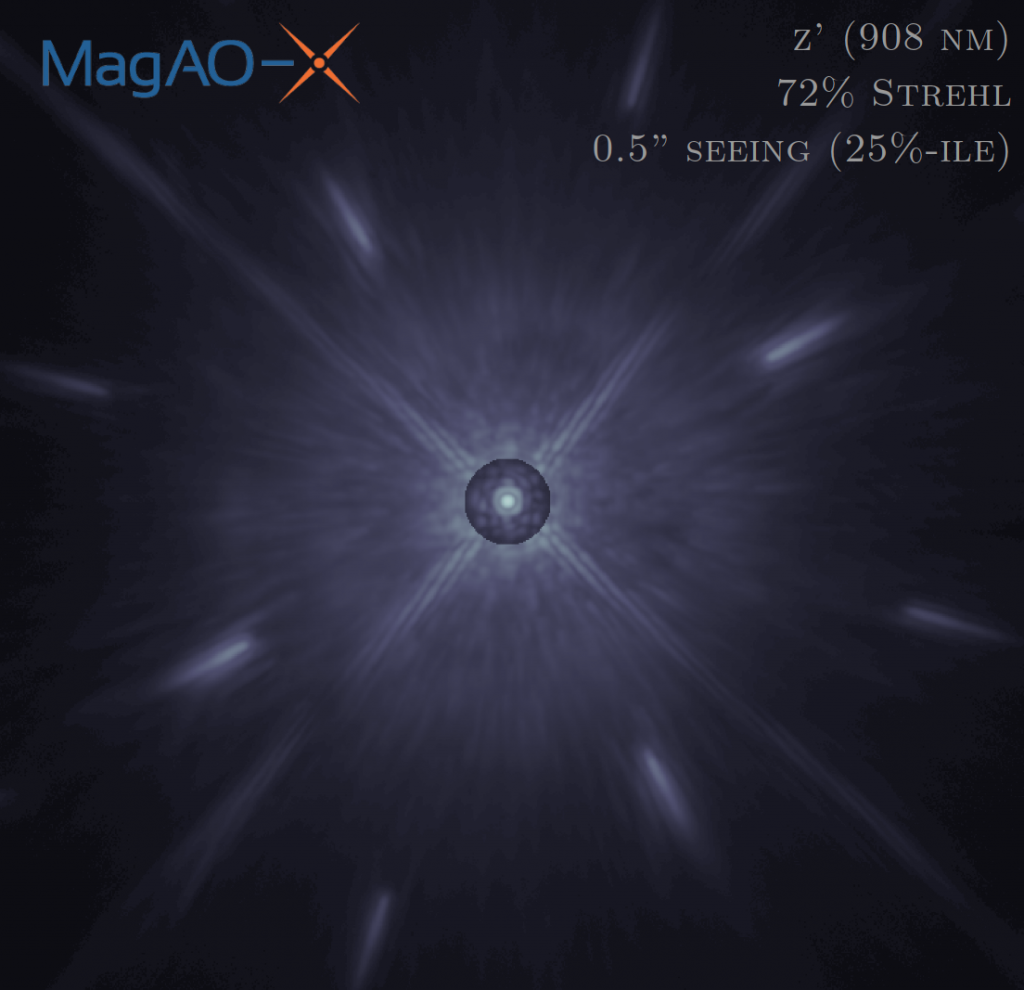
We’re all ecstatic to finally see such an image from MagAO-X. An amazing team of people has worked incredibly hard for the last 6 years to make this happen. Way to go everybody!
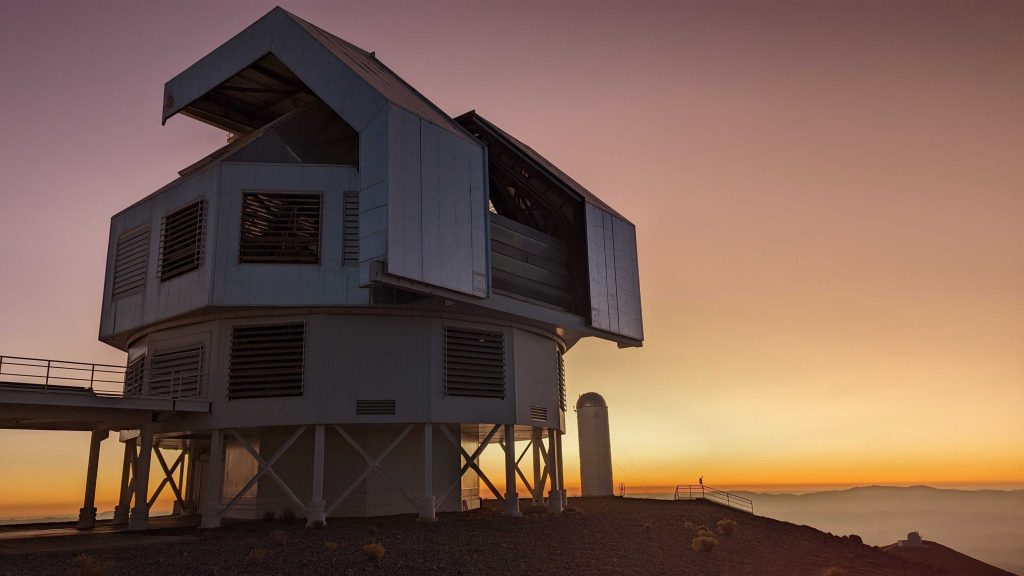
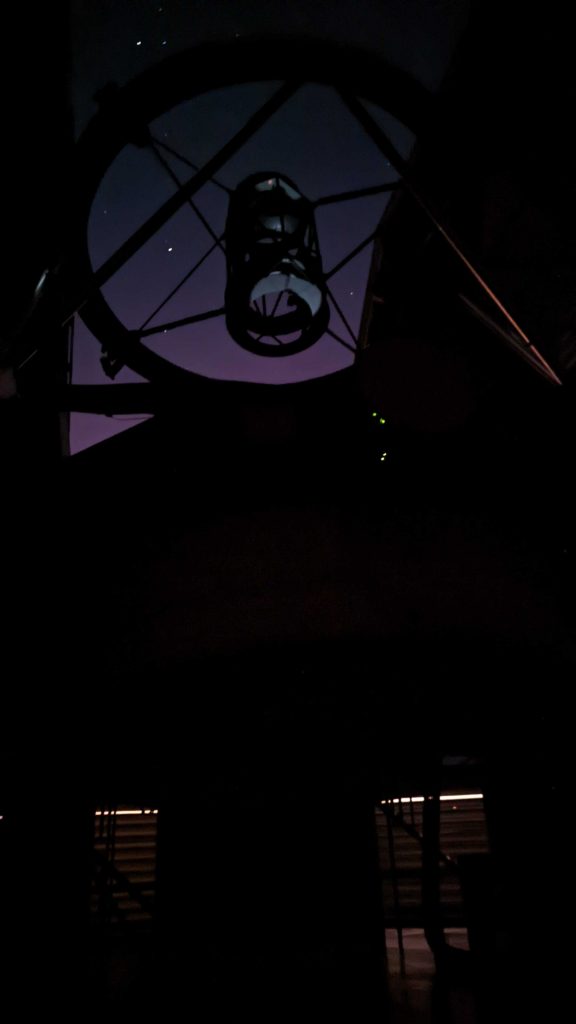
We worked with Alycia taking great data all night. As soon as she declared the observing over for the night, we shut it all down and started tearing it apart.
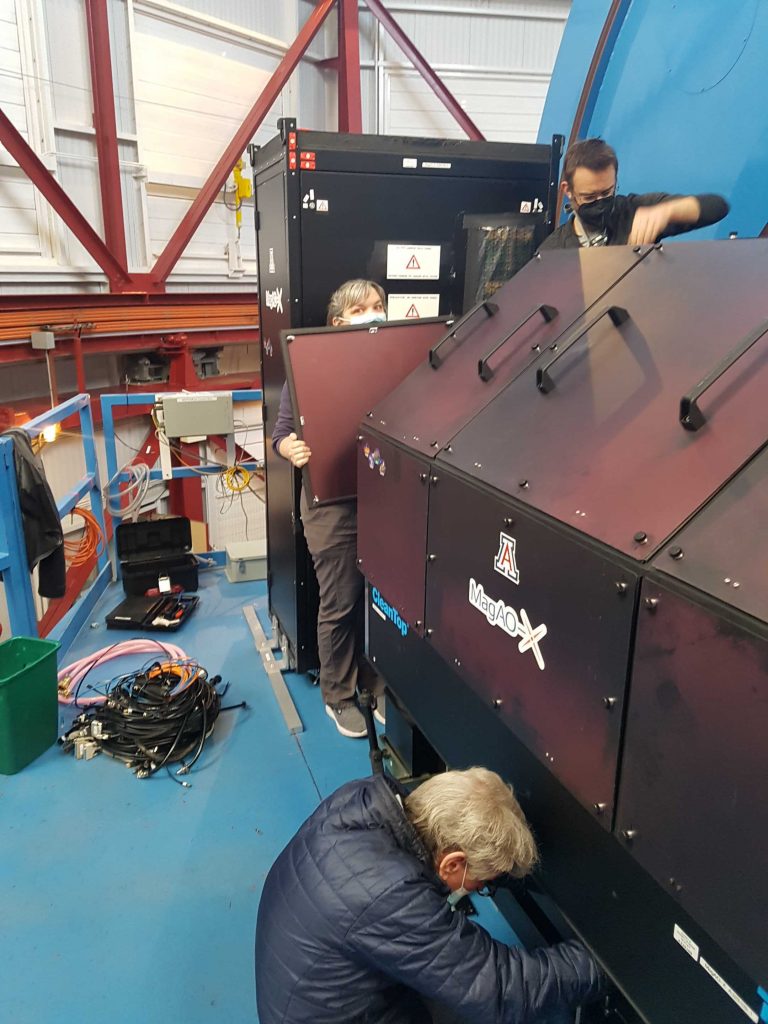
After de-cabling and getting ready for the crane, Sebastiaan, Logan, and I went down for a short nap. Laird and Joseph (who went to bed early for this reason) worked with the crew to get MagAO-X craned off the platform.
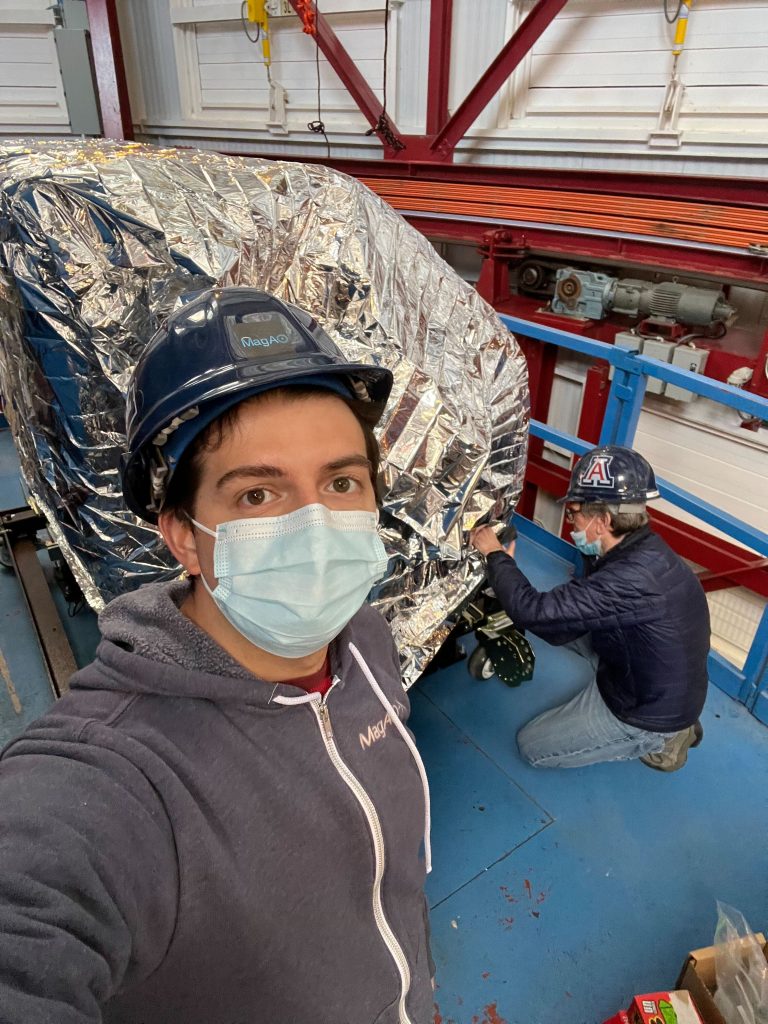
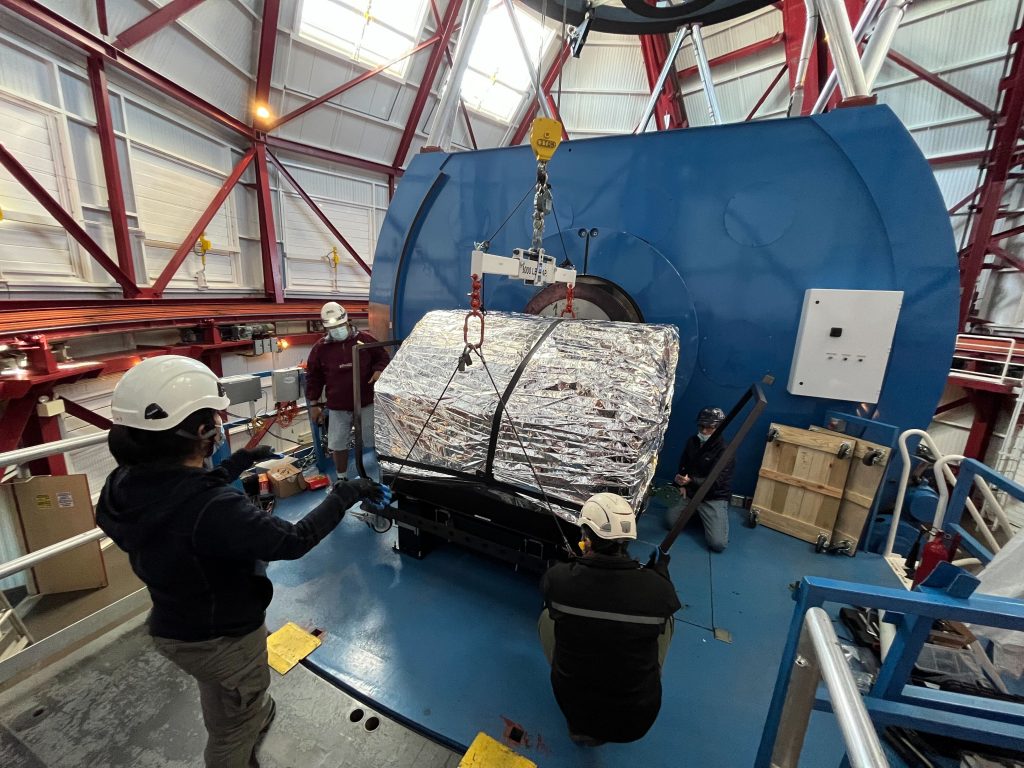
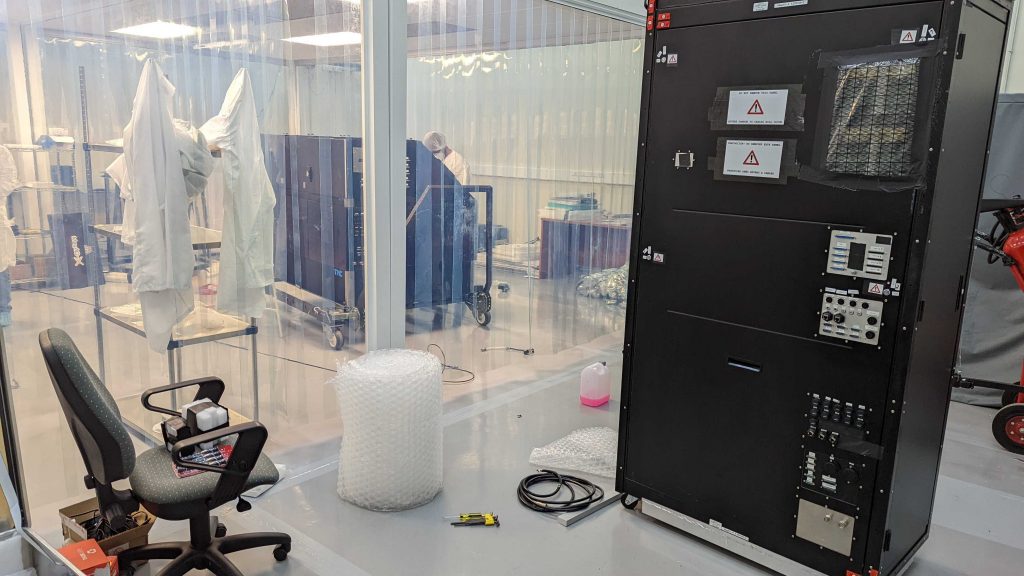
We have one more big day of crane ops tomorrow to get our stuff all packed up to ship home. I confess that as soon as I finished processing the PSF image, Sebastiaan and I started listing all the things we know aren’t perfect yet, and started making predictions for how much better we can make the next one (faster, more modes, predictive control laws, better NCP optimization . . . we can go on). So we’ll be busy over the next 6 months.
The song of the day is one my favorites. For obvious reasons I think.